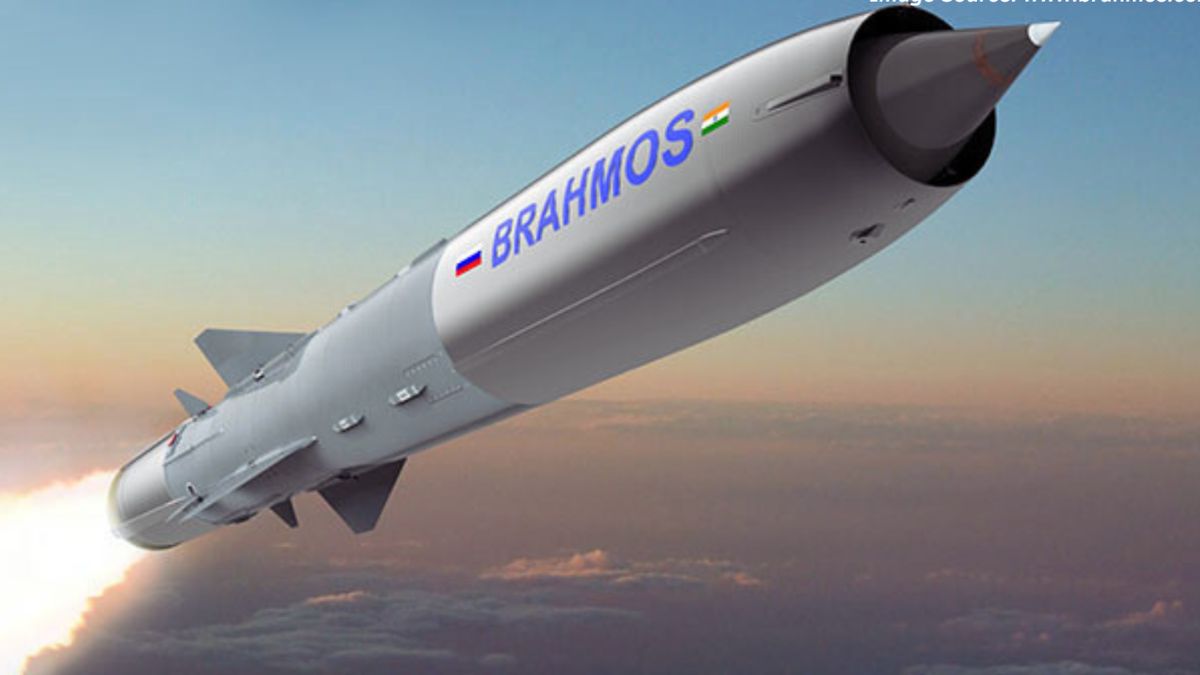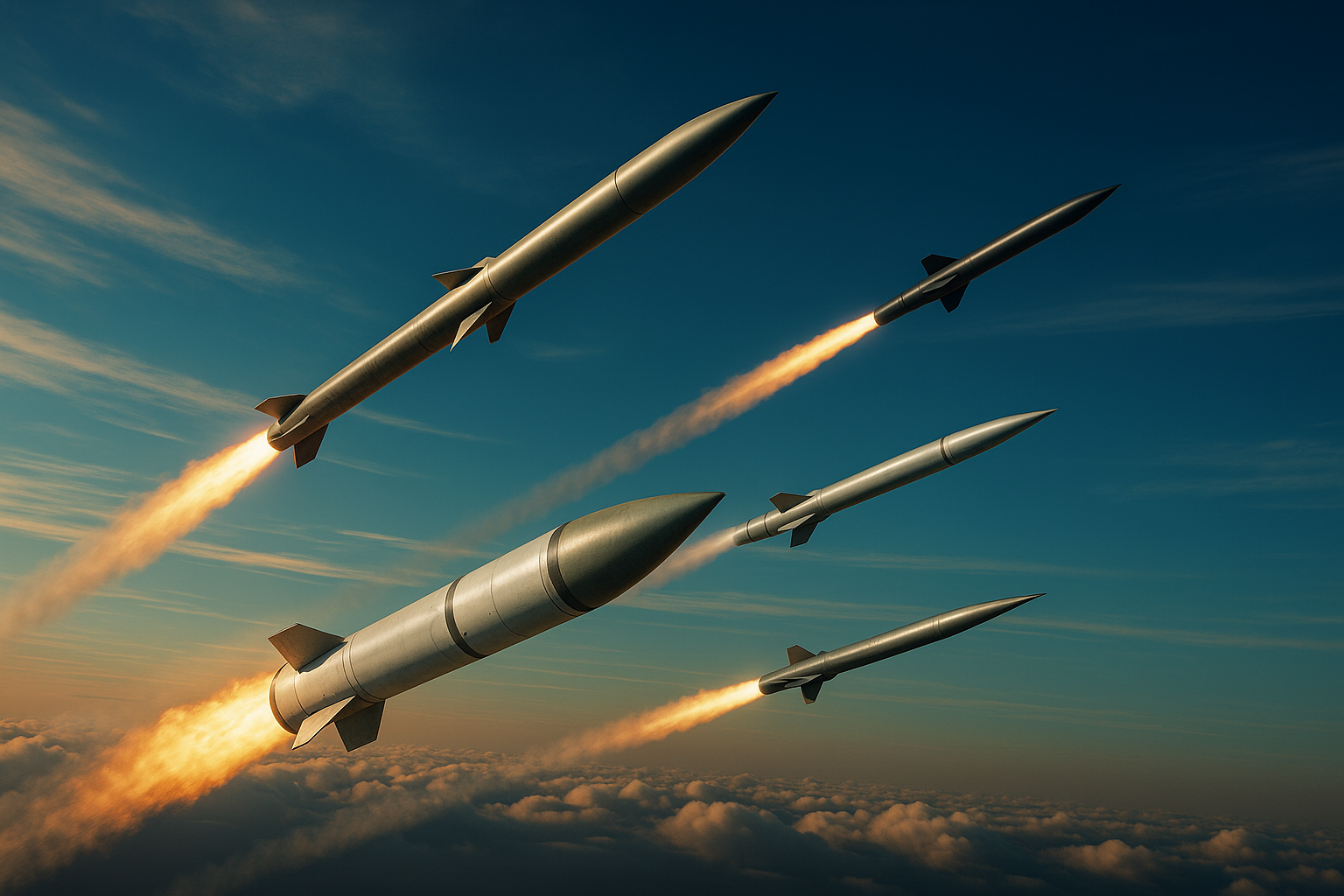DRDO To Develop BrahMos-NG After Operation Sindoor Success

Image courtesy: AI-generated via DALL-E
India’s Defence Research and Development Organisation (DRDO) will soon begin work on a smaller, next-generation version of the BrahMos supersonic cruise missile, DRDO Chairman and Defence Secretary (R&D) Samir V Kamat announced on August 9.
Speaking on the sidelines of the 14th convocation ceremony of the Defence Institute of Advanced Technology (DIAT) in Pune, Kamat said the new variant, BrahMos-NG, will be compact enough to be fitted on multiple aircraft platforms, significantly expanding its deployment capabilities.
“Today, BrahMos can only be fitted on the Sukhoi-30 MKI platform. But if we can make it smaller, it can be fitted on all our platforms. We are planning to start its development soon,” Kamat said, adding that the new missile will maintain the versatility and precision of the existing system.
How did BrahMos become Operation Sindoor’s primary weapon?
Kamat highlighted that the BrahMos air-launched variant, fired from Sukhoi-30 MKI jets, was the primary offensive weapon used in Operation Sindoor. “When it comes to offensive weapons, BrahMos was the primary weapon that we used. For defensive systems, we deployed the Akash missile, the D4 anti-drone system, and the MRSAM.
“All the sensors were networked using the AI-based Akashteer indigenous automated air defence control and reporting system, which enabled us to identify threats and deploy the right weapons to neutralise them,” he said.
Will the Zorawar Tank and Kaveri engine be tested soon?
The DRDO chief also revealed updates on other key indigenous projects. The Zorawar light tank has completed development trials and will enter user trials in September.
On the Kaveri engine, initially designed for the Light Combat Aircraft (LCA) but falling short of the required thrust, Kamat stated that a derivative version without afterburner is under development for Unmanned Combat Aerial Vehicles (UCAVs). High-altitude testing is underway before flight trials.
Will India’s defence exports double in the coming years?
Kamat expressed optimism about India’s defence export potential, citing the global interest generated by the performance of indigenous systems in Operation Sindoor.
“Last year, we had defence exports worth nearly INR 23,000 crore. Based on the interest we are getting now, I expect these exports to double in the next two to three years. We should achieve INR 50,000 crore of exports by 2028–29, which is the target set by the Defence Minister,” he said.
The Pinaka rocket system, Advanced Towed Artillery Gun System (ATAGS), BrahMos, and Akash missiles are among the most sought-after products. Countries in Southeast Asia, West Asia, and Africa have shown strong interest, though Kamat did not specify individual nations.
According to Ministry of Defence data, India exported defence equipment to nearly 80 countries in 2024–25. These exports included ammunition, arms, subsystems, and aerospace components.







